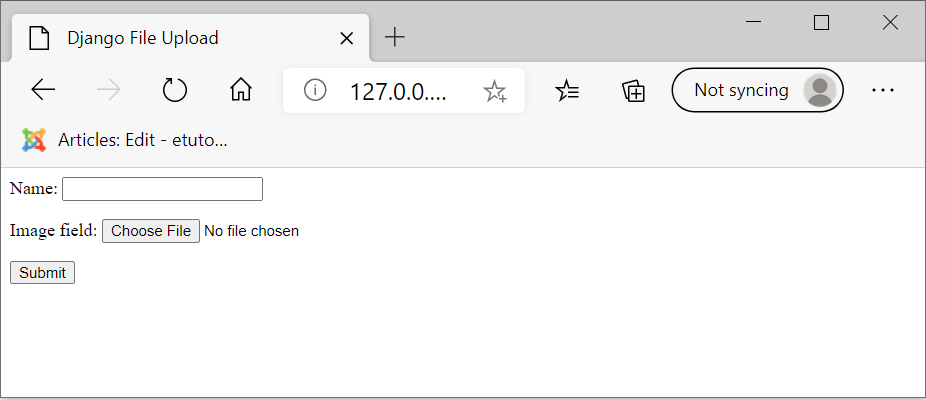Django Template Dict To Json
Django template dict to json - Eval_ctx ¶ the current evaluation context. Example of django create superuser. You can disable it by setting docs_url=none. The keys in this dict are the names of the blocks, and the values a list of blocks registered. As alex martelli points out it's basically the same as iteritems.as wilhelm answered, the dictionary lookup is 3rd in precedence for dot lookups. Json_sort_keys¶ sort the keys of json objects. A dict with the current mapping of blocks in the template. You can configure the two documentation user interfaces included: Given below is the example mentioned: Call (callable, \*args, \**kwargs) ¶
From django.db import models from django.contrib.auth.models import user It is used because some form elements have multiple values for the same key and it saves the multiple values of a key in form of a list. Use a docx as a jinja2 template. If you want to disable the openapi schema completely you can set openapi_url=none, that will also disable the documentation user interfaces that use it. This has security implications when rendering the json into javascript in templates, and should typically remain enabled.
python工业互联网应用实战16—前后端分离模式之django template vs jquery2 wuch 博客园
To clarify, items is a python method call on the dictionary, not a django keyword. Eval_ctx ¶ the current evaluation context. From django.db import models from django.contrib.auth.models import user
Pass python object to views Django Stack Overflow
It is used because some form elements have multiple values for the same key and it saves the multiple values of a key in form of a list. Use a docx as a jinja2 template. Json_sort_keys¶ sort the keys of json objects.
How to upload image and add in Django model Imagefield
Nice concise solution to the question. A dict with the current mapping of blocks in the template. Call (callable, \*args, \**kwargs) ¶
javascript Cloudinary direct upload documentation example is not
For full details on each field’s behavior in this case, see the “empty value” note for each field. The last item in each list is the current active block (latest in the inheritance chain). Example of django create superuser.
Andy Boyle Tribune DataViz
Example of django create superuser. If you want to disable the openapi schema completely you can set openapi_url=none, that will also disable the documentation user interfaces that use it. From django.db import models from django.contrib.auth.models import user
jsonresponse CSDN
The last item in each list is the current active block (latest in the inheritance chain). It is used because some form elements have multiple values for the same key and it saves the multiple values of a key in form of a list. Given below is the example mentioned:
Hackerone报告离线版 FreeBuf互联网安全新媒体平台 关注黑客与极客
Given below is the example mentioned: This has security implications when rendering the json into javascript in templates, and should typically remain enabled. For full details on each field’s behavior in this case, see the “empty value” note for each field.
It is used because some form elements have multiple values for the same key and it saves the multiple values of a key in form of a list. A dict with the current mapping of blocks in the template. You can disable it by setting docs_url=none. You can configure the two documentation user interfaces included: You can set its url with the parameter docs_url.; If you want to disable the openapi schema completely you can set openapi_url=none, that will also disable the documentation user interfaces that use it. Use a docx as a jinja2 template. The last item in each list is the current active block (latest in the inheritance chain). For full details on each field’s behavior in this case, see the “empty value” note for each field. If you have an item in your dictionary named 'items', you'll get that value back instead of a list of tuples.
Call (callable, \*args, \**kwargs) ¶ Nice concise solution to the question. To clarify, items is a python method call on the dictionary, not a django keyword. Example of django create superuser. This package uses 2 major packages : Given below is the example mentioned: As alex martelli points out it's basically the same as iteritems.as wilhelm answered, the dictionary lookup is 3rd in precedence for dot lookups. Eval_ctx ¶ the current evaluation context. This has security implications when rendering the json into javascript in templates, and should typically remain enabled. Json_sort_keys¶ sort the keys of json objects.
The keys in this dict are the names of the blocks, and the values a list of blocks registered. From django.db import models from django.contrib.auth.models import user In this above example, the cleaned_data value for nick_name is set to an empty string, because nick_name is charfield, and charfield s treat empty values as an empty string.






